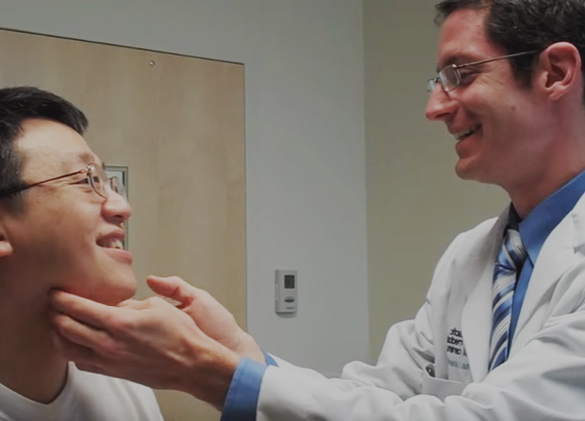For those of you considering having a rhinoplasty to reduce a hump on your bridge there are several things to consider before deciding to have surgery.
1. Is your hump due to excess bone, cartilage or both?
It turns out that not all nasal bridge humps are created equal. The bridge is actually composed of bone in its upper third and cartilage in the remaining lower two-thirds.

Some people's humps are limited to the upper bony portion of the bridge. This can be addressed during rhinoplasty by removing the excess bone only.
Other people may have a hump that is due to excess cartilage. This would be best treated by trimming the cartilage that is causing the dorsal fullness.
Probably the most common scenario is a hump that is composed of both excess bone and cartilage.

A combined approach in which the bone is removed and the cartilage shaved needs to be used in this situation.
2. How much reduction do you want?
It is important for you to communicate with your surgeon how much of a hump reduction you want. This aspect comes down in large part of your personal preferences and aesthetic. Your surgeon should be able to perform in-office digital morphing to simulate hump reduction and give you an idea how your nose would look with varying levels of hump removal.
Some patients prefer leaving a small amount of bridge fullness after surgery. This may be to maintain some ethnic or family features, or just a personal preference.
3. How well will your nasal skin redrape after bump removal?
This point relates to the issue of how much reduction to make during hump removal. Though some level of hump reduction should still be possible, in patients with thick skin it may not be possible to reduce the size of the nose quite as much as desired. This is due to the concern that the skin won't be able to adequately shrink wrap around the newly downsized nose. The result may be an amorphous blob of skin that would likely make the nose look worse.
4. Do you also need a radix graft?
Your surgeon should assess your nose to see if your have a pseudo-hump deformity. This results when the upper bony part of the bridge (radix) is under-developed which leads to perceived excess fullness along the profile line below the radix. You can check out a case study of a combined radix graft and hump reduction here.
5. Do you need to have prophylactic spreader grafts placed to prevent delayed middle third collapse?
You should ask your surgeon if he or she plans on placing spreader grafts after your hump reduction. It's important to understand that spreader grafts may be needed even in the absence of pre-existing middle third (internal nasal valve) narrowing or collapse in order to adequately support the upper lateral cartilages after hump reduction.

As the overlying skin and soft tissue shrink wraps after hump reduction quite a bit of scar contracture occurs. Over the course of years this can lead to the onset of middle third narrowing or collapse. This can cause unwanted aesthetic and functional breathing effects.
Whether spreader grafts need to be placed during your hump removal depends on how much of a hump is removed and whether the bridge reduction involves the middle third of your nose.


